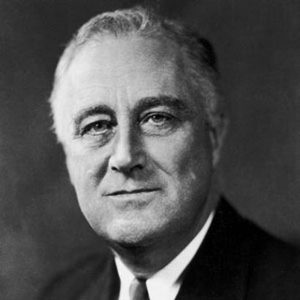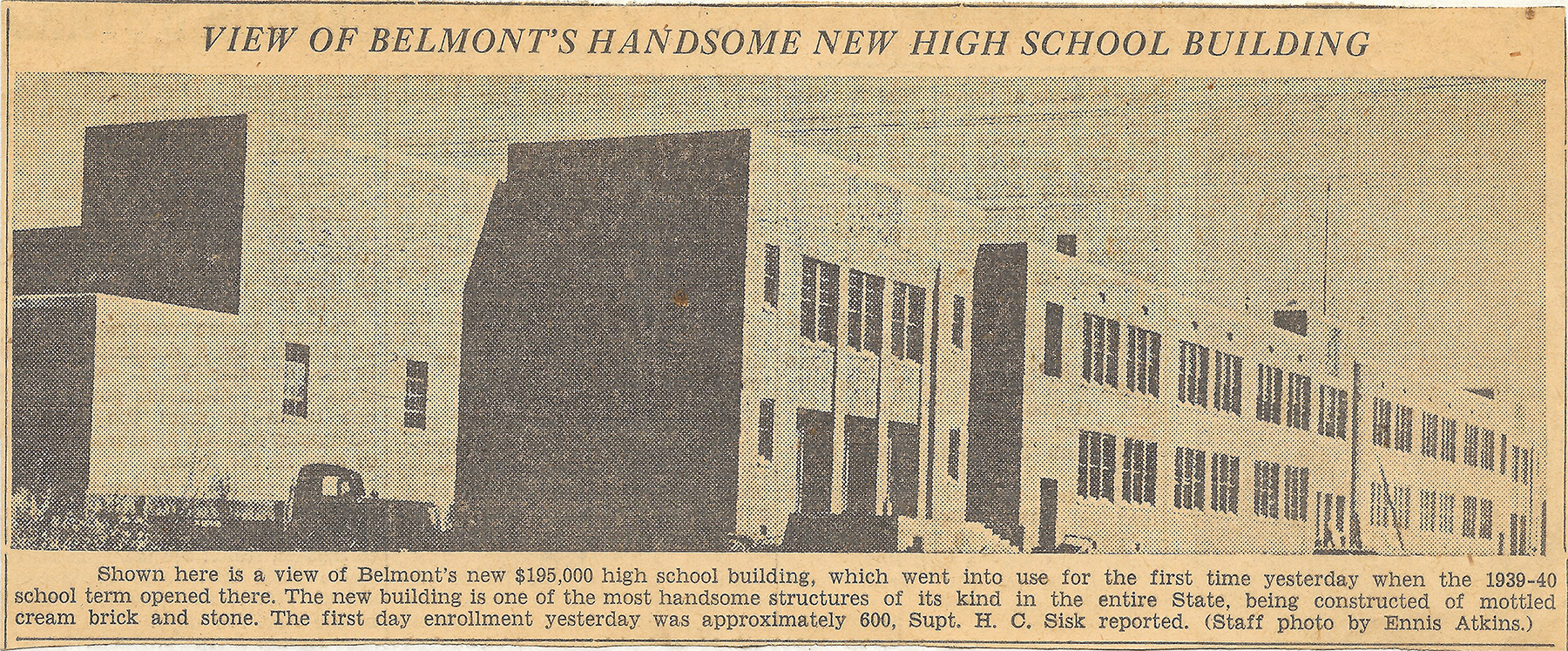Belmont, North Carolina in 1937 and 1938 was a textile town trying to overcome the effects of The Great Depression. The Great Depression had caused periods of distress for all classes of people in the United States, and the people of Belmont, North Carolina were no exception. The town of Belmont came through The Great Depression in better shape than most cities and towns in the country due to the leadership of Belmont and Gaston County being second to none including Charlotte and Mecklenburg County during this period in North Carolina history. President Franklin Roosevelt was in the White House, and he was working diligently to lead the country out of the depression using an “Alphabet Soup” of government programs including FERA, CWA, WPA, CCC, NRA, etc. to put boots and money on the ground in local communities to alleviate the stresses of joblessness and homelessness. The federal government programs and the local town leadership working in conjunction with the local business and factory owners allowed Belmont to work through The Great Depression and recover a lot quicker than other cities and towns in the state and the country.
When the Roosevelt administration announced the creation of the short-lived Civil Works Administration (CWA) in 1933 and the more prominent Works Progress Administration(WPA) formed in 1935, Belmont leaders including Mayor C. W. Kale had plans in place to take advantage of the low cost money and jobs creation for local communities to build, improve, and upgrade infrastructure. Belmont from 1933 to 1938 was able to get $200,000 ($3.6 million dollars in 2015 dollars) worth of new infrastructure improvements. City Engineer W. T. Cox and the able leadership of Mayor C. W. Kale with City Attorney Harley B. Gaston were able to have projects preplanned and ready when the projects and funds came available through the CWA and WPA thus putting Belmont in the forefront of those communities requesting funds.
“Mr. Cox pointed out in his statement that when the Federally supported work projects were first instituted here under CWA in November, 1932, Belmont already had plans available for enlarging its sanitary sewer system. This made it possible to enter Into the work program from the start with a worthwhile project, thus providing work for its able-bodied and needy unemployed.”
“With the aid of CWA, FERA, and WPA, Belmont has constructed 9.7 miles of new sanitary sewer lines ranging in size from 8 Inch to 24 inch, and a sewer pumping station to handle the sewage from the west side of the town. Before the new sewer lines were constructed Belmont had only 6.6 miles of sewers, serving approximately 40 percent of its population, while today sewer is available to 95 percent of its population.”
Gastonia (N.C.) Daily Gazette – April 1, 1938
That $200,000 worth of improvements was broken down between the Federal government’s contribution of 62.1% and Belmont’s contribution of 37.3%. Belmont’s portion was paid for by a small increase in property taxes and the issuance of bonds. The bond proposal was passed almost unanimously by the electorate according to the same article. It should be noted that the property tax rate for Belmont was 65 cents per $100 of assessed property value in 1938 (Per The Belmont Banner – September 7, 1938). The Gaston County Tax Rate for 1936 was 51 cents per $100 of assessed property value (Per 1936 Hill’s Gastonia City Directory). The rough total property tax rate for city and county was $1.16 per $100 of assessed property value. The difference with 1938 and 2015 is that the cities of the county were responsible for maintaining their own school systems with limited intervention from the county.
All of this work, however, has been accomplished with only a small increase in tax rates. In order to cooperate with the Federal program it was necessary to hold a bond election to raise funds for the sponsor’s portion of cost, and this was carried by an almost unanimous vote.
Gastonia (N. C.) Daily Gazette – April 1, 1938
Other improvements during this period included a new multi-use ballpark, a new community center, a new Post Office, and a new high school. The Post Office was built by the US Treasury department The high school was not included in the $200,000 total that was mentioned in the Gastonia (N. C.) Daily Gazette article, but was part of a county school bond referendum that was voted in on May 24, 1938 which originally provided $135,000 to build Belmont’s new high school. In August 1938, $185,000 in Public Works Administration(PWA) funds were approved by the federal government to match the original county bond referendum which meant that only $280,000 of the $300,000 bond referendum had to be used. Once again, the city and the county worked together to limit the total outlay for school construction by working to get federal funds approved. The new Belmont High School cost roughly $150,000 to build and construction was started in November 1938 and completed August 1939. The first school year in the new school building was the 1939 ~ 1940 term, and according to the Belmont Banner, it was “modern and complete in every detail”.
With the completion of the infrastructure construction work and the close cooperation of the city and county governments with the federal government, Belmont had a solid future. Forward thinking Belmont officials are what helped Belmont recover more quickly when the Depression ended at the start of World War II than other towns and cities of similar size and make up.


